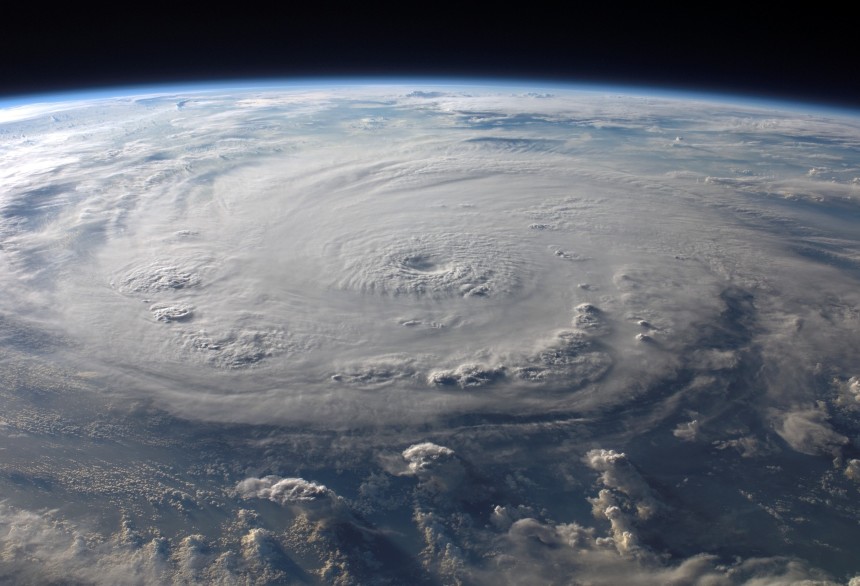‘Thrilled’: Next generation climate modelling gets budget kickstart

Federal funding for advanced climate modelling has cheered scientists who say the investment will help refine predictions for everything from fire-generated thunderstorms to worsening urban heat islands.
 Buried in this year’s budget was the provision of $7.6 million to upgrade the Australian Community Climate and Earth System Simulator, known as ACCESS, to increase the nation’s “capacity to respond to future climate disasters and emergencies”.
Buried in this year’s budget was the provision of $7.6 million to upgrade the Australian Community Climate and Earth System Simulator, known as ACCESS, to increase the nation’s “capacity to respond to future climate disasters and emergencies”.
While the funding is only for three years from 2020-21 – rather than as long as 10 years recommended in a scoping study – the initial outlay means Australia’s modelling capability can keep up with international advances, said Andy Pitman, head of the ARC Centre of Excellence for Climate Extremes.
Current models developed over decades with millions of lines of code are being superseded by so-called exascale models capable of more precise prediction of extreme weather events as the climate warms.
Australia is the only country in the southern hemisphere developing climate models, and the ACCESS update “keeps us relevant, keeps us on the international agenda”, said Professor Pitman, who is based at the University of NSW, and was part of the scoping study into the next generation of modelling.
The expected advances would allow planners to reduce resolutions down to as little as one-kilometre grids, allowing for predictions of heat-island effects in heatwaves to the speed of intensification of storms including so-called pyrocumulus clouds that develop in intense bushfires.
“It connects climate change to the level that people live at and make decisions at,” Professor Pitman said.
Greg Ayres, a former senior CSIRO scientist and Bureau of Meteorology chief who headed the model scoping study, said the three-year funding was “good news” not only for scientists and software engineers who would be employed but also for a range of programs depending on the research.
ACCESS was “a pivotal component of what’s a multifaceted research effort to understand … climate variability and climate change”, Dr Ayres said, adding Australia needed good intelligence on everything from floods and bushfires to coastal erosion, all of which were likely to worsen as the planet heats up as greenhouse gas emissions rise.
Examples of dependent agencies include CSIRO, the Bureau of Meteorology, universities and several of the six research hubs established in the National Environmental Science Program.
“It would be hard to see that it couldn’t continue [beyond the initial three years],” Dr Ayers said.
Christian Jakob, a climate modeller at Monash University, said he was “thrilled” by the injection of funds that would underpin Australia’s ability to do independent science for the southern hemisphere.
“Even if we would have been happier with 10 years, three years is a pretty good start,” Professor Jakob said. “It’s a big relief to see it funded.”
Scientists trying to study the complex interactions of clouds and the oceans down to the role played by ocean eddies “would need less time to worry about code”. “It frees up a lot of time and energy,” Professor Jakob said.
Improved models based on massively increased computing power will assist governments and the public to understand what awaits Australia in 2050 and beyond in a warming world, he said.
Originally published by The Sydney Morning Herald, 7 October 2020.
